Since the 1960s, Washington used drugs’ policy, both domestically and internationally.
Since the 1960s, Washington used drugs’ policy, both domestically and internationally.
By Sergio Rodríguez Gelfenstein
During the last decade of the last century, following the collapse of the Soviet Union and the end of the Cold War, the United States set out to find a new enemy to serve as a pivot for reorganizing its foreign and military policy. Initially, it found one in drug trafficking. After September 11, 2001, it added terrorism as an instrument for organizing its interventionist and aggressive actions around the world, in order to sustain its hegemony, particularly in Latin America and the Caribbean.
In practice, the United States—in addition to seeking a solution to an issue on the international agenda—thus found a way out of a domestic problem by shifting the political costs abroad. Beginning in 1960, following the Anti-Drug Abuse Act, a series of sanctions were introduced against drug-producing countries, along with which a process of militarization of the fight against drug trafficking began. This shifted the balance of power in Latin America and the Caribbean, further weakening the civil-military relationship and affecting governability and democracy, which had been sustained with varying degrees of stability. It was the old “when the waters are troubled, the fishermen profit” policy implemented by Washington to increase its control over the region.
On the other hand, little has been said in depth about the United States’ failure to control drug demand in order to shift pressure from consumer countries to producers and transit countries. At the end of the 1980s, an obscure US senator from Delaware named Joe Biden told Congress that despite increased anti-drug programs, the production of psychotropic substances had increased considerably: cocaine by 143%, opium by 84%, and marijuana by 33%. In other words, the increased resources for supply control were not accompanied by demand reduction programs, all of which demonstrates Washington’s lack of interest in solving the problem.
This has two reasons: first, to seize the vast resources provided by drug trafficking, most of which flow through the United States financial system. According to the National Institute on Drug Abuse, in the late 1980s, annual sales of these substances exceeded $110 billion, most of which went to support the finances of the United States, a country where—according to the same source—37% of the population had used some type of drug.
The second objective is to keep youth idiotized and, thus, easily controlled so that they neither think nor act in the face of the harm that capitalist society inflicts. The high levels of stupidification of American youth allow the system to manipulate them through consumerism, banality, superficiality, and individualism, among other mechanisms of societal control. To that extent, young people will never be agents of the change that society needs. For Washington, the drug issue is not a public health issue; it is an area that can be used to exert control, first over its own society, and secondly, over the region and the world. To this end, an organization called the Drug Enforcement Administration (DEA) was created. Its purpose is not to prevent drug trafficking, but rather to organize, regulate, and distribute income and consumption in a way that serves the two interests outlined above.
This was the case in the last century and at the beginning of this one. During that historical period, China was not a significant adversary, especially during the existence of the Soviet Union, which both countries identified as a common enemy. Its demise ushered in a period of systemic chaos as Washington searched for a new enemy. The terrorist attacks of September 11, 2001, caused both powers to once again recognize another collective enemy.
A phase of rapprochement and flirtation began once again: the United States, because it began its “war on terror,” placing the center of this dynamic in Afghanistan. And China, because that country shares borders with Beijing, viewed with concern that support mechanisms could be established from Kabul for the East Turkestan Islamic Movement (ETIM), an organization recognized as a terrorist organization by the UN and with a presence in the western province of Xinjiang, bordering the Central Asian country that at one point produced between 80 and 90% of the world’s unused opiates. Washington and Beijing shared their unease and concern over this fact.
But the 2008 financial crisis and China’s rise to global power made Washington feel it needed to accelerate its process of transforming Beijing into a major enemy, by creating new instruments. Thus emerged Obama’s “Asian pivot” doctrine, the creation of the Quadrilateral Security Dialogue (QUAD) formed by the United States, Japan , Australia , and India ; the strategic military alliance between three Anglo-Saxon countries : Australia , the United Kingdom , and the United States (AUKUS); and the Anglo-Saxon intelligence alliance made up of the United States, the United Kingdom, Canada, Australia, and New Zealand known as the “Five Eyes.” All of them military instruments aimed at containing China. Trump’s two trade wars (both failed) and the attacks on Huawei and China’s 5G technology, among other actions carried out by recent US administrations, also fit into this logic.
Continuing this escalation against China, we can understand the argument for the tariff increase motivated by the illegal “export” of fentanyl from China to the United States. Fentanyl is a synthetic opiate that acts on the areas of the brain that control pain and emotions. It is characterized by being 80 times more potent than morphine. In clinical use, it has an onset of action within one minute and a maximum duration of clinical effect of 30 to 60 minutes.
Due to these characteristics, it is used in anesthesia as a powerful analgesic, in Intensive Care Units (ICU) for patients on mechanical ventilation in continuous infusions, in some very specific short-term procedures and in patients with chronic pain, especially in oncological contexts, as patches or “candy lollipops” in children.
It is highly addictive, so its use in other settings, such as emergency services, would not be indicated, since maintaining pain relief over a long period requires repeat doses, thus exponentially increasing the risk of addiction.
Anesthesiology Societies worldwide have been addressing the occupational risks posed to healthcare workers, and especially to anesthesiologists, by the limited control over this drug. The Latin American Confederation of Anesthesiology Societies (CLASA) has stated that in the last five years in Latin America, approximately 50 anesthesiologists have died from fentanyl overdoses. In some countries, cases of fentanyl addiction among anesthesiologists have been addressed for more than 20 years, considering this an occupational disease, as it is easily obtained and handled.
For all the above reasons, the “fentanyl crisis” in the United States is highly suspicious. Dr. Carla Pellegrín, a pain therapy specialist consulted for this report, found it very strange that, knowing all the above, pain management protocols exist in Emergency Departments and Ambulance Units in the United States where this drug is openly used . The Chilean specialist adds that the way in which its use has been induced is very strange—to say the least. In fact, in specialist training at various centers in Latin America, American protocols are followed, in which this drug is considered the “Gold Standard” (diagnostic technique that defines the presence of the condition with the highest known certainty) for pain management in emergency departments.
Today, fentanyl has become the most common drug in overdose deaths in the United States. A few years ago, a similar situation, the oxycodone crisis, another highly addictive opiate, was brought to light when it was discovered that the pharmaceutical company that produced it had falsified its U.S. Food and Drug Administration (FDA) authorization and is currently the subject of a major lawsuit.
The clandestine production of fentanyl is easy and cheap, which has further fueled its consumption. In 2022, of the 115,000 overdose deaths in the United States, 73,838 (around 200 per day) were due to fentanyl use. Prescribers and those who encourage the uncontrolled use of this drug are clearly responsible. Given this, it is not surprising that this wave of deaths and addiction on the streets of the United States was calculated to increase sales for pharmaceutical companies. And, with it, to increase the production and sale of naloxone, its antidote.
Chemical addiction creates a vicious cycle in which, after an initial period of pleasure, the need to consume develops as a result of avoiding the unpleasant symptoms of deprivation, to the point where pleasure is no longer felt, only relief from the symptoms of deprivation. This leads to increased consumption until it crosses the invisible line of overdose and death. As stated before, it is ultimately a covert way of turning the population into non-thinking beings, which could even be characterized as a form of genocide.
President Trump’s use of this crisis as a justification for imposing tariffs on goods from Mexico, Canada, and China, turning this policy into a tool of pressure on those countries, is baseless.
In fact, overdose deaths began to decline rapidly early last year. According to a report by journalists Deidre McPhillips and Annette Choi for CNN en Español, during the Biden administration, “…the U.S. Department of Health and Human Services launched a coordinated national strategy to prevent overdoses. These efforts have focused on harm reduction— such as the use of fentanyl test strips, overdose reversal medications, and supervised consumption sites—as well as substance use disorder prevention, treatment, and recovery.” When asked about this, Dr. Sarah Wakeman, senior medical director for Substance Use Disorders at Mass General Brigham, opined, “Finally treating this as a public health condition, after so many years of effort and attention, may be starting to bear fruit.”
It’s incomprehensible, then, that if the implementation of public health policies as part of actions to address demand is beginning to yield positive results, this fact is now being used to generate a “tariff war” for political purposes. In this case, it only remains to confirm that the millions of young consumers in the United States are nothing more than guinea pigs for the current administration’s attempt to “Make America Great Again.”
The US decision to increase tariffs on fentanyl trade was immediately met with a response from the Chinese embassy in Mexico, which called the measure “arbitrary” and warned that these sanctions would undermine cooperation between the two countries. President Claudia Sheinbaum, in a telephone conversation with her US counterpart, said: “Tariffs will not solve this problem, which is a consumer and public health issue in your country.”
In a report by journalist Ilaria Landini for the Buenos Aires newspaper La Nación, she notes that “the fentanyl crisis has infiltrated the very core of the United States: the foundations of the pharmaceutical industry, clandestine laboratories, and the consumption dynamics of millions of people.”
When asked by Landini, Guadalupe Correa-Cabrera, a professor of politics and government at George Mason University, believes that the measures taken could have the opposite effect: “If precursors and imported drugs become more expensive, American laboratories could begin to produce fentanyl domestically to meet demand,” which “far from solving the problem, would only move it to the interior of the country.”
This possibility is rejected by the DEA. Its operation and existential foundation are based on the notion that the problem lies outside the United States, not within it, and that the origin of the crisis stems from growing supply, not growing demand. As long as the DEA and the various US administrations are part of the problem, not the solution, there is no way out in sight. Young Americans will continue to be sacrificed because, for the administration, it is better for them to die than for the system that creates the problem to die. On the contrary, they do not work to provide health care for young people, but to breathe life into the system and thus ensure the continued benefits of the 1% that controls and dominates society.


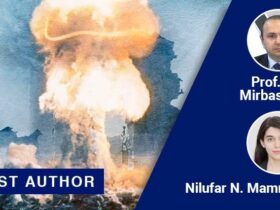

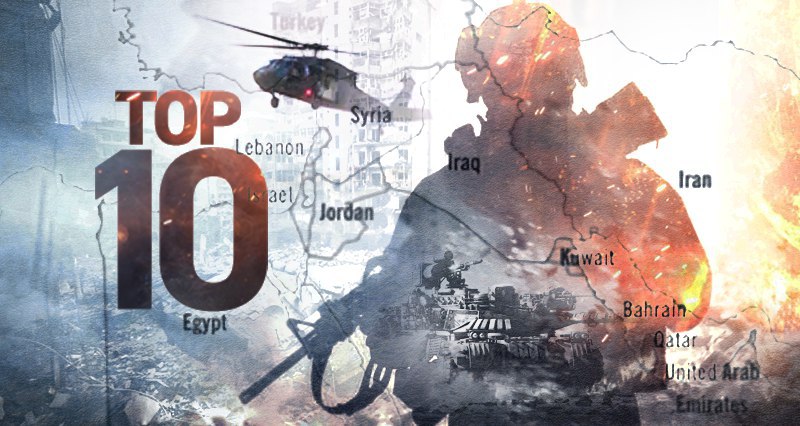


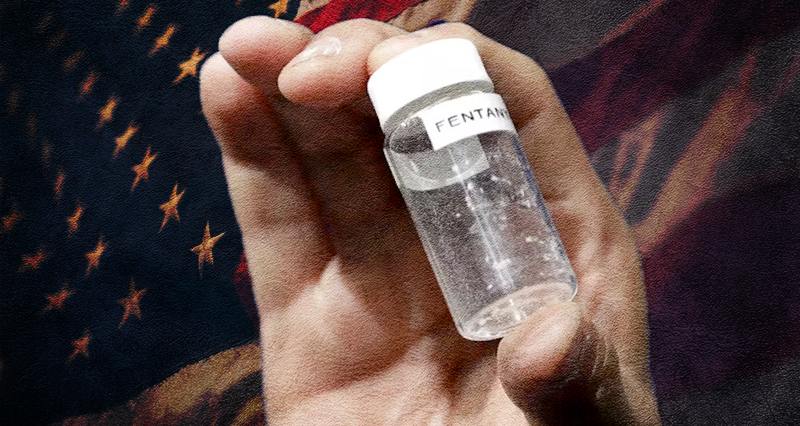




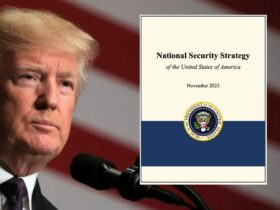
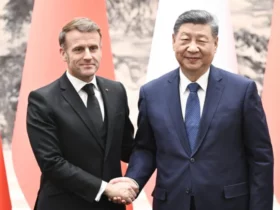

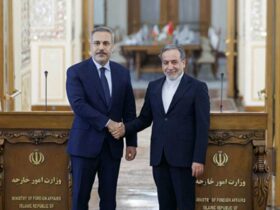
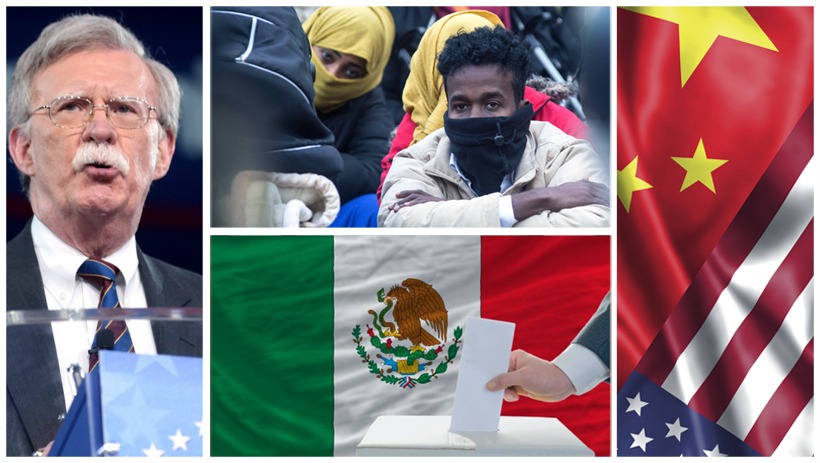
Leave a Reply